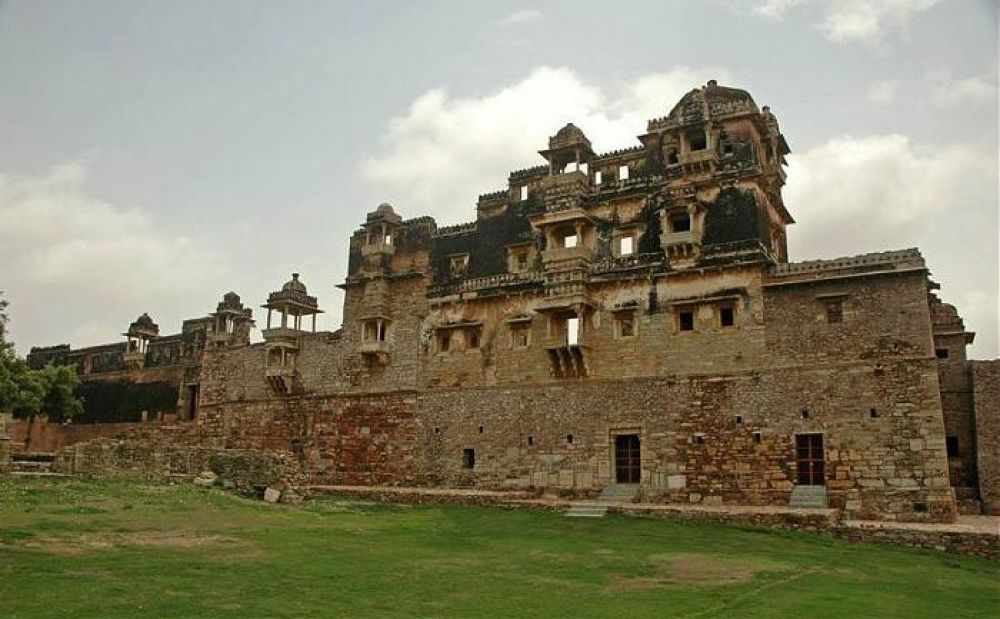

Nestled in the rugged Aravalli hills of Rajasthan, Kumbhalgarh Fort stands as a towering tribute to Rajput valor and architecture. Built during the 15th century by Rana Kumbha, from whom the fort takes its name, Kumbhalgarh has a storied past that attracts historians and tourists alike. The fort's colossal wall stretches 36 kilometers and is often cited as the second longest continuous wall after the Great Wall of China, making it a UNESCO World Heritage site.
Tourism in Kumbhalgarh has evolved over time. Initially, the fort was not as prominent on the tourism circuit as other Rajput forts due to its remote location. However, the scenario changed with the development of infrastructure and an increased focus on heritage tourism in Rajasthan. The fortification, now known for its massive boundary walls, became more accessible and gained popularity amongst travelers from around the globe.
Historical reenactments, light and sound shows, and the annual Kumbhalgarh Festival have played a significant role in attracting tourists interested in experiencing the region's rich arts and history. This festival includes a range of cultural performances, showcasing local traditions of dance, music, and storytelling that bring the fort's intricate history to life.
In recent years, eco-friendly tourism has become increasingly important in Kumbhalgarh. Efforts have been made to ensure that the tourism footprint remains sustainable, with a focus on preserving the natural surroundings and cultural heritage. This includes the promotion of eco-friendly resorts, solar-powered lighting within the fort, and tours emphasizing conservation.
Adventure tourism has also taken hold in the region with trekking, camping, and safari tours in the adjoining Kumbhalgarh Wildlife Sanctuary becoming popular activities for visitors looking to blend historical exploration with the thrill of the outdoors.
Moreover, Kumbhalgarh is gaining recognition for experiential tourism - offering tourists a deep dive into local life. Here, visitors can engage with traditional craftspeople, learn about local cuisines, and immerse themselves in the rural way of life that has sustained the area for centuries.
In conclusion, Kumbhalgarh's tourism history is a rich mixture of deep-rooted legacies and modern trends that prioritize heritage preservation while adapting to new avenues of visitor engagement. The constant innovation within its tourism offerings ensures that Kumbhalgarh will continue to be an enchanting destination for those who cherish history, culture, and nature's splendor.